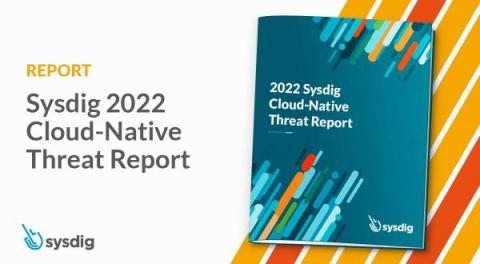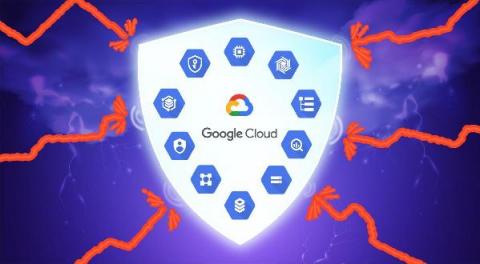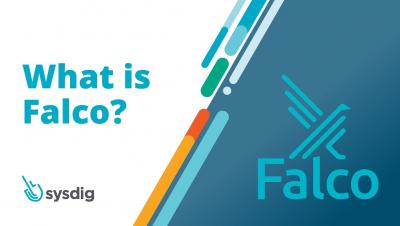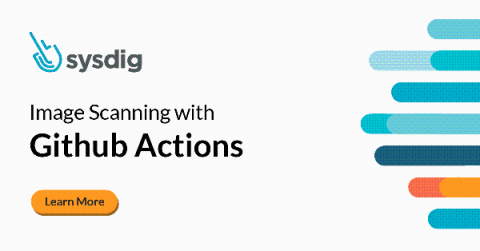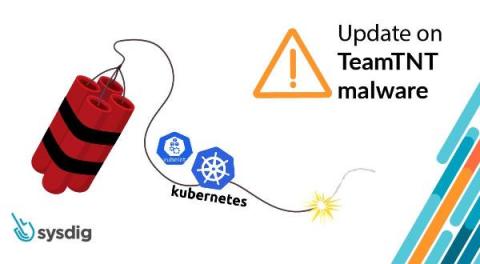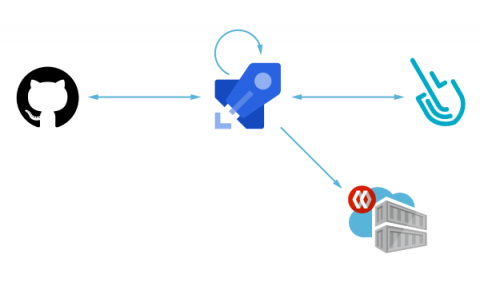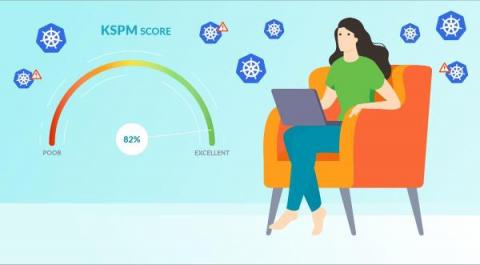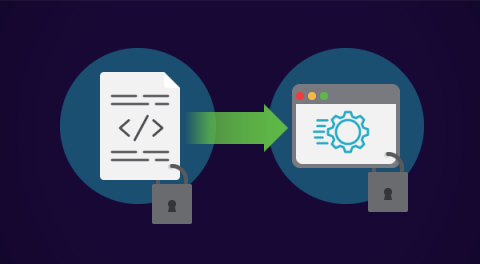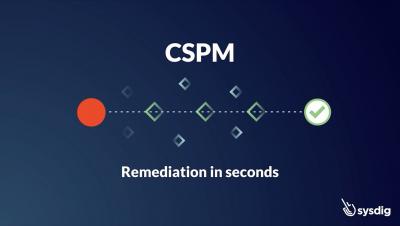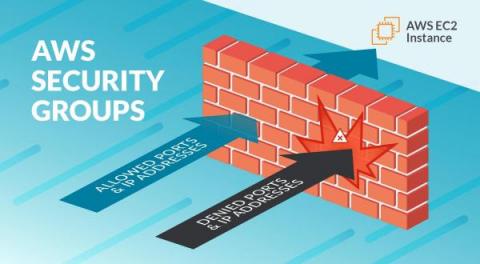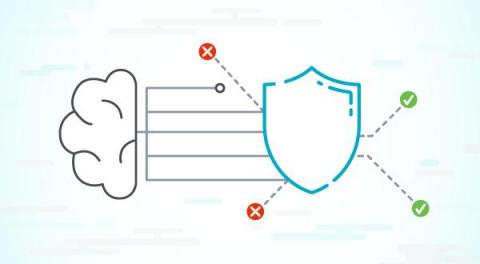Sysdig 2022 Threat Report: Cloud-native threats are increasing and maturing
The first annual cloud-native threat report from Sysdig explores some of the year’s most important security topics in the cloud. As the use of containers and cloud services keeps growing, threat actors are increasingly turning their attention to this new attack surface. The cloud offers unique opportunities for threat actors due to the inherent scalability and complexity of cloud resources.


